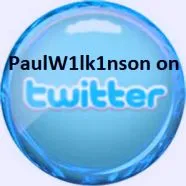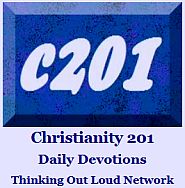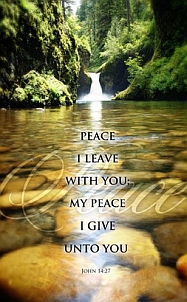 I introduced this graphic less than 90 days ago when we were discussing Christian radio playlists.
I introduced this graphic less than 90 days ago when we were discussing Christian radio playlists.
[M]y wife pointed out something that the more I thought about it, the more profound it seems. She said something like, “There’s more variety on any given contemporary Christian music album than what is played on Christian radio.” In other words, the songs chosen to be the single off the albums tend to get chosen because they all match the station sound and therefore they all sound alike.
In my mind, I envisioned the diagram where each line represents the range of the songs on any given artist’s album — some exploring a greater number of musical genres — and the dots representing the songs selected to be featured on the radio.
Wouldn’t you like to hear some of the songs from the edge of each artist’s collection?
The article then proceeded to introduce Becky, the imaginary customer for what Christian radio has to offer.
But the hard reality is that Becky does indeed park the minivan once a week as she and her family attend church. There, the decisions being made about which songs to sing are being made along similar criteria, and in fact, there is currently an all-time high in overlap between the recurring songs at churches doing modern worship and what the Christian radio industry is promoting.
It’s basically about which songs work and the chosen few songs are those which are compressed into a narrow range stylistically, but also compressed into a narrow range vocally because, without the SATB parts breakdown of hymnbooks, everyone is being compelled to just sing the melody…
…In our community there is a church which broke away from the Roman Catholic Church many years ago. I’ve visited on many occasions and have described their worship as a blend of songs drawn from Catholic folk liturgy and modern worship. Recently however, the pastor corrected me and said, “Actually, we’re mostly just doing modern worship now.”
I felt a little sad. The diversity of music offered at churches in our area now stands as a binary choice: The hymns still sung by Mainline Protestants and the modern worship of Evangelicals.
A worship leader I spoke with yesterday described the pressure to do a song, “just because it’s popular;” despite his theological misgivings about some of the lyrics. We also talked about songs which need a spoken introduction describing the background and how a church might do this the first week, but if it fails to continue this in successive weeks, people don’t understand what they are singing; necessary in some cases as songwriters seek out fresh language or metaphors to describe scriptural truth.
In terms of style, full marks to those churches that continue to pursue a greater variety of music. The ones that still have solo pieces. The ones which include an occasional string quartet. The ones which reassemble a choir for Easter Sunday.
Unfortunately, in order to do that, you need a large pool of talent to draw from, which is why we see this type of thing at North Point or Willow, but not at the church around the corner from where you live. Mostly now it’s a matter of having the basics: A guitarist, a bass player, a drummer and a keyboard. For whatever reason, God did not distribute the gift of drumming equally around all the churches. Perhaps we’re meant to do more sharing in this department…
…I’m sure somewhere in this blog I’ve championed the value of doing pieces familiar across all Evangelicalism. It’s great if you’re visiting to know a few of the songs which are, after all, now ‘the music of the church.’ I don’t agree with going great distances off the path for an entire set, or only doing songs which are original compositions by members of your own band.
But I think we need to avoid blandness or sameness. We need to look at the lyrics and say, ‘What sound best captures what the lyricist is saying?’ The original word I heard used for this is prosody. I can’t find the particular definition now among the several offered, but I was taught it implied “a marriage of lyrics and music.” In other words, let the music fit the words. Go beyond the fast song vs. slow song dichotomy.
I think Becky would appreciate it.












For me, I tend to enjoy the traditional hymns that have been given a contemporary feel. It helps me listen to the words anew. Thanks for this thoughtful post!
Comment by salvageunltd — June 11, 2018 @ 12:50 pm